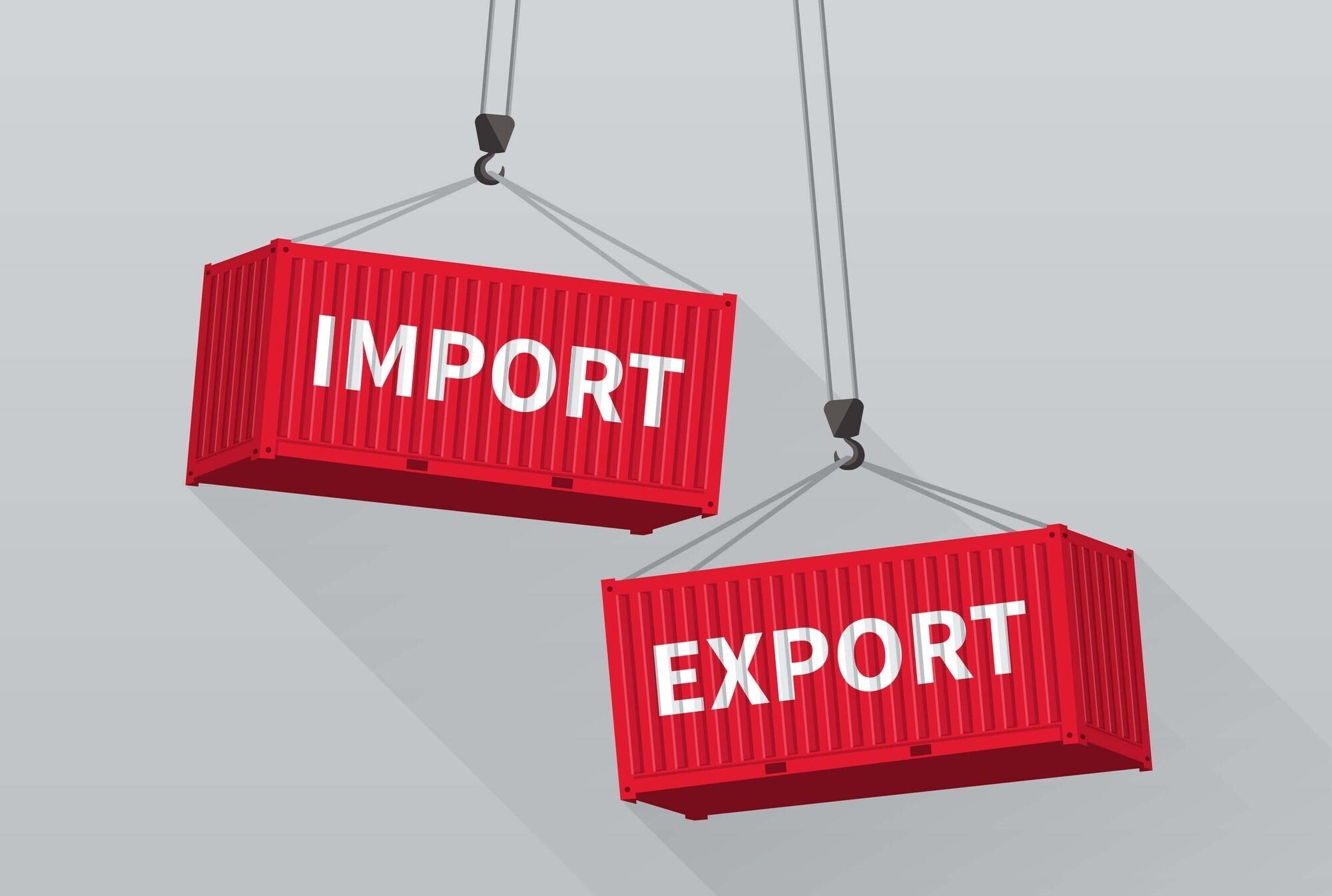

Countries like India, among others, ask for a reprieve when exporting but impose tariffs on imports to safeguard their domestic industries. Could such practices complicate international trade dynamics or be perceived as ‘conflicted’ by global partners? A lot of questions cloud the mind when delving into such geopolitical and trading diplomacy. In today’s editorial, we break down, stance by stance, what has been happening and how these acts have impacted country after country in overall development for decades.
 Image Source: https://okcredit.in/
Image Source: https://okcredit.in/
India’s economic diplomacy, a part of the foreign policy framework, has been marked by securing trade agreements, attracting foreign investments and strengthening bilateral and multilateral ties with key global players.
And tariffs/taxes have seamlessly blended historically into realpolitik. These import taxes have not just been used as domestic safeguard tools but also as potent international pressure tactics. While the textbook rationale for tariffs is to protect domestic industries, in practice, they’ve often been wielded as geopolitical or economic leverage.
In this view, tariffs serve to provide breathing space for domestic sectors to grow until they can compete globally.
India, for instance, as a major global economy with over 1.3 billion people, often uses this rationale when it raises duties on imports in sectors such as electronics, steel, or solar panels, all under the umbrella of its indigenous industrial development programmes.
However, history tells a more layered story. Tariffs have frequently been deployed as levers of geopolitical pressure.
Responses








